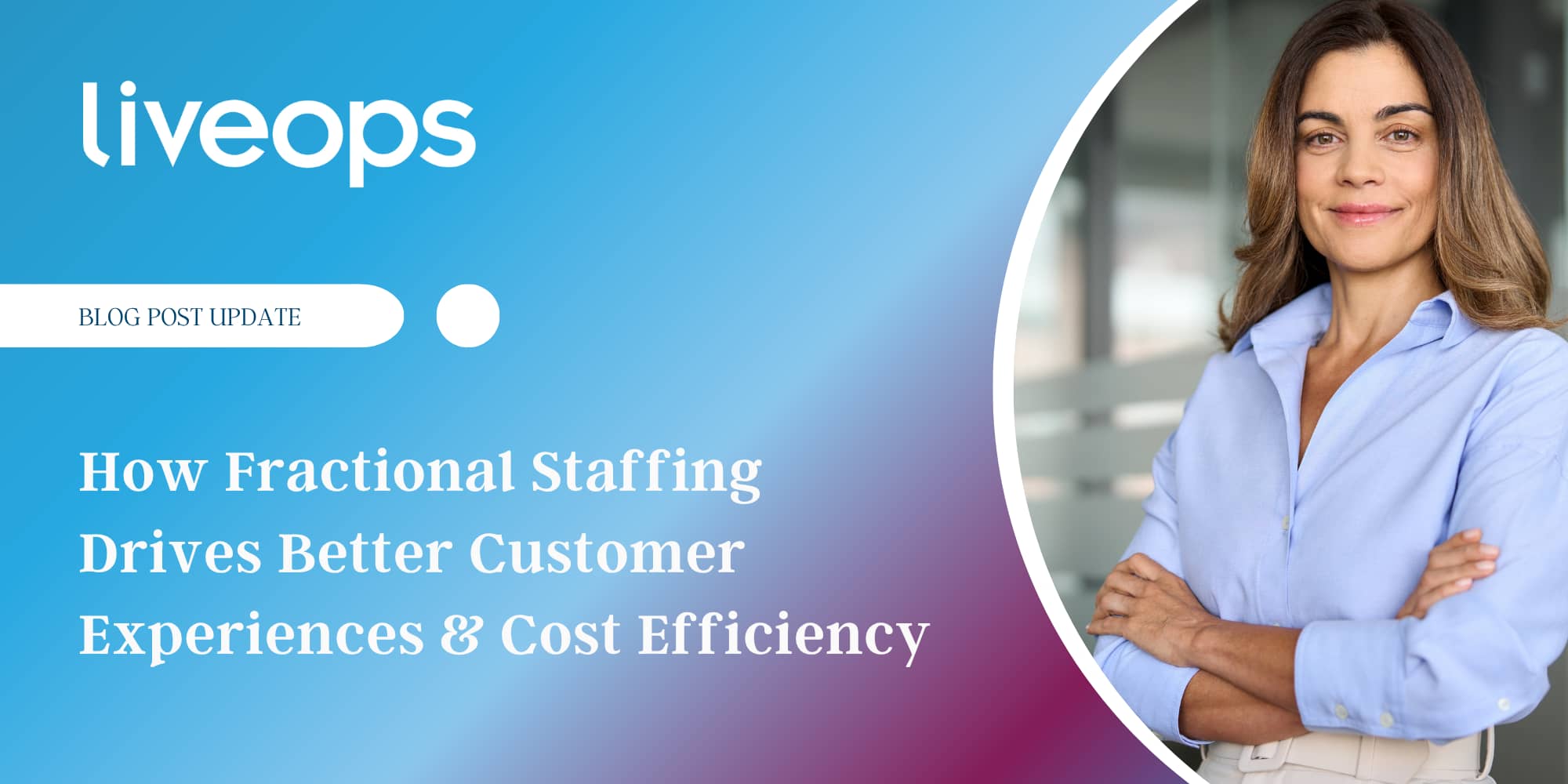When Burnout Strikes: the Impact on CX
minutes
Listen to the Article

Better CX can start with an understanding of workforce burnout
Burnout. The concept isn’t new, yet it is making a comeback in workforce trends these days. There are a number of different explanations of what exactly burnout is, how it manifests, and the effects that it has on our mental well-being as a community.
Most people in the workforce are familiar with how feelings of work-related stress can lead to a lack of motivation and poor performance. According to a 2022 trends report published by the American Psychological Association (APA) a survey of 1,501 U.S. adult workers revealed that 79% had experienced work-related stress that resulted in feelings of burnout.
The APA goes on to show the impact of burnout, which includes emotional exhaustion, lack of effort at work, interest and motivation. Of the surveyed workers, 44% reported physical fatigue as a result of work-related stress. It is not surprising that productivity is also a sacrifice to burnout. If team members aren’t mentally and physically well, it is unrealistic to expect them to be high performers.
While specific feelings of burnout vary from person to person, no one can deny that these numbers are troubling. Especially now, as we face global economic uncertainty, if the majority of an organization’s workforce is experiencing burnout, the impact will very likely reach the company’s end-users. Compounded by evolving needs of consumers, organizations understand the impact of the customer experience on brand loyalty, and ultimately their bottom line.
This is why business leaders need to approach the rise of burnout with both critical analyses as well as compassion for the mental health of their workforce.
What is Driving Burnout?
Day to Day Challenges
When we consider ever-increasing customer expectations for faster service and higher rates of satisfaction, one of the primary culprits for burnout within the workforce begins to reveal itself. In the current marketplace, customer loyalty is crucial. And as multinational corporations continue to grow, customers come to expect a high baseline level of service that smaller organizations simply don’t have the resources to match.
Day in and day out, your front-line team members are the first to experience the consequences of these heightened customer expectations. Coupled with all the other daily, financial and social stressors that many have been facing these past few years, we have all been living under a set of circumstances perfect for the development and spread of worker burnout.
Misaligned values
Burnout can also be born from lack of alignment with the workplace. Microsoft CEO Satya Nadella told Bloomberg News that “a business is successful and productive is if employees feel that sense of empowerment, that sense of energy and connection for the company’s mission and are doing meaningful work.”
Purpose-led organizations have been known to attract more consumers, but the same is true for the organization’s workforce. Workers are drawn to organizations that live their mission through all areas of the business. It can be exhausting to work for a company when you don’t believe in their purpose.
Flexibility
The need for flexibility is still a driving force within the workforce. People have said goodbye to the traditional 40-hour work week, and are embracing working on their own terms. The Wall Street Journal says a recent spike in part-time work in the U.S. is a “significant shift in American’s attitudes toward work.” More people are choosing to re-enter the workforce with a part-time role based on their individual needs.
Flexibility is the key to keeping burnout at bay, according to Craig, Liveops independent contractor agent. Craig has the ability to choose when to provide services to his Fortune 500 client based on his personal schedule, where he is empowered to build in balance where he needs it. “If you’re ever in a position where you feel your energy is lower, or you need a break, you have the opportunity to do that. When you go back to your shift, you are much more refreshed and your outlook is much better and it’s better for the consumer too.”
Agent Burnout Impacts CX
“Happy agents mean happy customers.” It’s an adage that’s been around since (what feels like) the beginning of time for customer-facing roles. As cliché as it is, it is accurate. Have you ever been on the phone with a customer service representative and their positivity and enthusiasm shine through their voice? Empathy and friendliness set the tone for the interaction.
Agents who are supported, valued, and empowered translate to better customer experiences. In a 2021 survey, IDC found that 85% of respondents translate their workforce’s experience to higher customer satisfaction, and in turn, higher revenues for their organization.
Burnout Affects More Than Just Members of the Workforce
An individual experiencing feelings of burnout can most likely recover given the proper amount of time and leeway to rest and recharge. A workforce, or community that is experiencing a widespread, systemic culture of burnout can be enough to seriously damage an organization and result in a massive loss of revenue.
Increased rates of burnout among your workers may also reveal some difficult truths about your organization. Perhaps your workplace culture isn’t currently equipped to effectively address the issue of burnout as a whole. Or worse, your workplace culture is actively contributing to rising cases of worker and employee burnout without upper management being made aware of the issue.
How Organizations Can Address Burnout
To address feelings of burnout among your workforce, your team members must feel comfortable discussing mental health struggles with management, as well as with one another. Organization-sponsored mental health outreach, counseling, and workshops can provide opportunities for workers to productively engage with their feelings before their performance suffers. Through these programs, not only can workers share their experiences with burnout, but also learn coping techniques and tools that can be shared and developed as a community.
Other ways to combat increasing feelings of burnout can include paid time off, flexible work schedules, and company-wide mental wellness days for workers and employees. Committing your organization to address burnout and mental health sends a valuable message to your workers and employees that their well-being is a top priority for management.
For some, burnout and other debilitating feelings of work-related stress can be difficult to discuss, either for fear of how it will reflect on us as workers, or due to other social stigmas. This is why it comes down to the people with the power to do so to take active steps to combat these stigmas, cultivate spaces of communication, and make sure that no single person is suffering due to the weight of unrealistic expectations.



